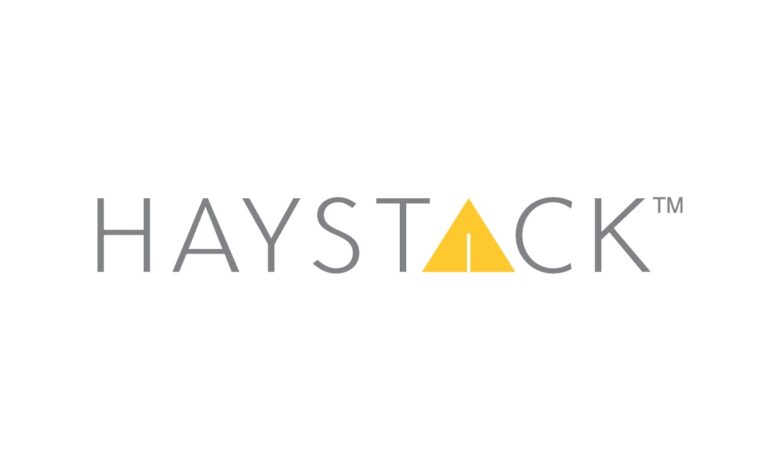Shifting Left in eDiscovery: Embracing Secure-by-Design and AI for Enhanced Cybersecurity | HaystackID

Editor’s Note: In this exploration of cybersecurity in the digital era, the article “Shifting Left in eDiscovery: Embracing Secure-by-Design and AI for Enhanced Cybersecurity” considers the crucial intersection of cybersecurity, artificial intelligence (AI), and eDiscovery. As the digital landscape evolves, the integration of secure-by-design principles and AI is becoming indispensable in safeguarding electronically stored information (ESI), a cornerstone of legal proceedings. The piece illuminates the shifting paradigms in software development, the challenges and opportunities presented by AI, and the pivotal role of cybersecurity in the integrity of eDiscovery processes. For professionals in cybersecurity, information governance, and eDiscovery, understanding these dynamics is essential for navigating complex discovery.
Industry News – Cybersecurity Beat
Shifting Left in eDiscovery: Embracing Secure-by-Design and AI for Enhanced Cybersecurity
HaystackID Staff – Shared with Permission*
As society integrates technology deeper into the fabric of daily life, the importance of cybersecurity and artificial intelligence (AI) can’t be overstated, especially in the discipline of eDiscovery. Recent upheavals in software security have heightened awareness across the industry and brought government scrutiny to bear on cybersecurity practices, with significant implications for legal professionals dealing with electronically stored information (ESI). This article explores the changing landscape of cybersecurity and the rise of secure-by-design principles, utilizing AI to bolster our digital defenses in the context of eDiscovery.
An industry term that originated around the turn of the millennium, “shift-left testing” in computer science refers to initiating debugging, configuration, and defect-checking processes earlier in the software development cycle—akin to starting these checks on the left side of the page. However, despite almost a quarter-century since its inception by Larry Smith, there’s evidence we’re still lagging in adoption. Today’s tech developments indicate a persistent reliance on longstanding procedures and an eagerness to adopt automation, which could compromise security and, consequently, the integrity of ESI in eDiscovery processes.
Agencies like the US Cybersecurity & Infrastructure Security Agency (CISA) advocate for secure-by-design principles, underpinning technology products to protect against unauthorized access by malicious actors. Yet the adoption of these principles is not universal, posing potential risks to the confidentiality and admissibility of electronic evidence. “Shifting left in the software development lifecycle is only one piece of the puzzle,” advises Tina Belak, director of cybersecurity strategy at Sysdig. She emphasizes that the architecture of an application significantly influences the necessary security controls, which can have far-reaching consequences for eDiscovery professionals relying on these systems.
Recently, concerns over security vulnerabilities in software like Ivanti’s remote-access tools have prompted a reevaluation of cybersecurity practices. Ivanti CEO Jeff Abbott revealed the company’s commitment to enhancing security and vulnerability management and integrating secure-by-design principles from the onset of their product development cycle. Abbott’s open letter underscored the industry’s need to adapt proactively to the heightened sophistication of threats, a sentiment echoed by eDiscovery experts grappling with the challenges of securing sensitive legal data.
Parallel developments in the public sector are reshaping the Chief Digital Officer (CDO) role, particularly with the accelerated adoption of AI technologies. CDOs in government now find themselves balancing the management of vast data inventories while collaborating closely with chief information security officers (CISOs) and other digital leaders to fortify their organization’s defenses, as delineated in the expansion of Zero Trust mandates. This shift has direct implications for eDiscovery, as government agencies increasingly rely on digital evidence in legal proceedings.
Debra Durham, former Department of Homeland Security member and now Chief Digital Officer at Serco, is spearheading efforts to align digital initiatives with client needs and to navigate the transition to data-driven processes with an emphasis on cybersecurity, juxtaposed with the rapid advancement of AI and automation capabilities. These advancements promise to enhance eDiscovery, enabling more efficient and accurate processing of vast amounts of ESI, but only if implemented with robust security measures in place.
In light of this evolving digital epoch, cybersecurity is no longer optional; it is obligatory for safeguarding the infrastructure that underpins society and the legal system. German software developer Andres Freund’s discovery of a concealed vulnerability in the XZ Utils program exemplifies the constant vigilance required to mitigate threats. The incident’s fallout has brought the cybersecurity of open-source software to the forefront, pressing for greater scrutiny and sustainable support for such foundational platforms, many of which are relied upon in eDiscovery workflows.
As technology innovates, threats escalate. Cryptographic agility, the ability to rapidly adjust encryption methods, is becoming a keystone for defensible security architectures in eDiscovery. The need to protect privileged information and maintain the chain of custody for digital evidence has never been more critical. In this digital era, where every step is a leap, cybersecurity and AI have eclipsed other considerations to become the cornerstone of technological advancements and societal progress, with profound implications for the eDiscovery ecosystem. We stand at a critical juncture, navigating a landscape where the only constants are change and the relentless march of innovation, necessitating a proactive, adaptive approach to cybersecurity in eDiscovery.
News Sources
Assisted by GAI and LLM Technologies
*Source: ComplexDiscovery OÜ



